The Complete Guide to Wandering Jew Care, Growing & Tips
The Wandering Jew with its beautiful purple and silver-striped leaves and hanging stems, has stolen the hearts of gardeners everywhere. These robust little Tradescantia treasures add a dash of deep color and texture to any home or office interior, spilling over from hanging baskets or adding an elegant trailing touch to shelves.
Wandering Jew care are extremely forgiving for the new plant hunter but provide enough diversity to challenge experienced hands at houseplant gathering. Their quick growth, readiness to propagate, and dramatic visual presence make them an excellent addition to anyone seeking to add a little life to their living room. To ensure they bloom magnificently under your care, you must understand how to choose, plant, and care for these adaptable houseplants.
What Is Wandering Jew?
Wandering Jew is a common name applied to a number of closely allied species of the Tradescantia genus, their multicoloured leaves and filmy trailing habit.
It is most commonly applied to Tradescantia zebrina with its showy purple green striped leaves, Tradescantia fluminensis with its strip-like green and white mottled leaf, and Tradescantia pallida (Purple Heart) with its purple unstriped leaves.
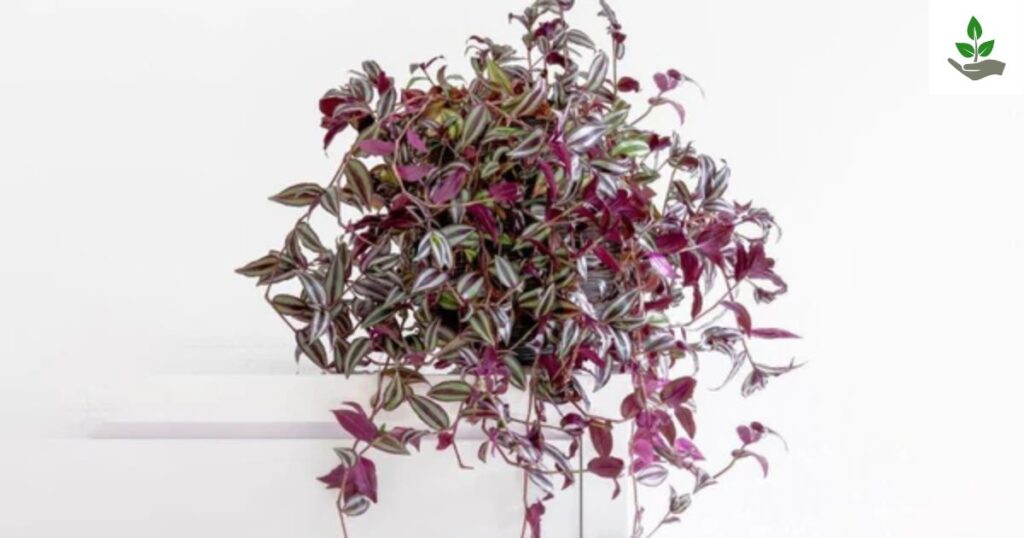
Naturally occurring in tropical Mexico, Central America, and South America, these adaptable household plants have remained a favorite long enough because they are so beautifully colored as well as being adaptable to indoor living.
Wandering Jew History
The Wandering Jew plant has a past that is intertwined with botanical evolution as well as cultural mythology. Tradescantia plants, natives of the tropical regions of Central and South America, were first discovered by European settlers in the 16th and 17th centuries colonization of America.
The plant’s name from common usage is derived from a medieval European story about a fabled Jewish man who was doomed to wander the world until the Second Coming of Christ, in a reference to the plant’s tendency to spread and “wander” wherever it is planted. Botanically classified in the Commelinaceae family, the plants were formally named for John Tradescant, a well-known 17th century English naturalist and gardener.
Wandering Jew plants were highly fashionable as house plants due to their showy leaves and easy cultivation, a standard in every household garden in North America and Europe. In the 20th century, plant breeders produced a number of varieties with better colors and textures, leading to extensive forms of Tradescantia species in existence today.
Wandering Jew Seeds
Although Wandering Jew plants (Tradescantia species) are capable of producing seeds, they are seldom propagated in this manner in home cultivation because the plant is so easily propagated vegetatively.
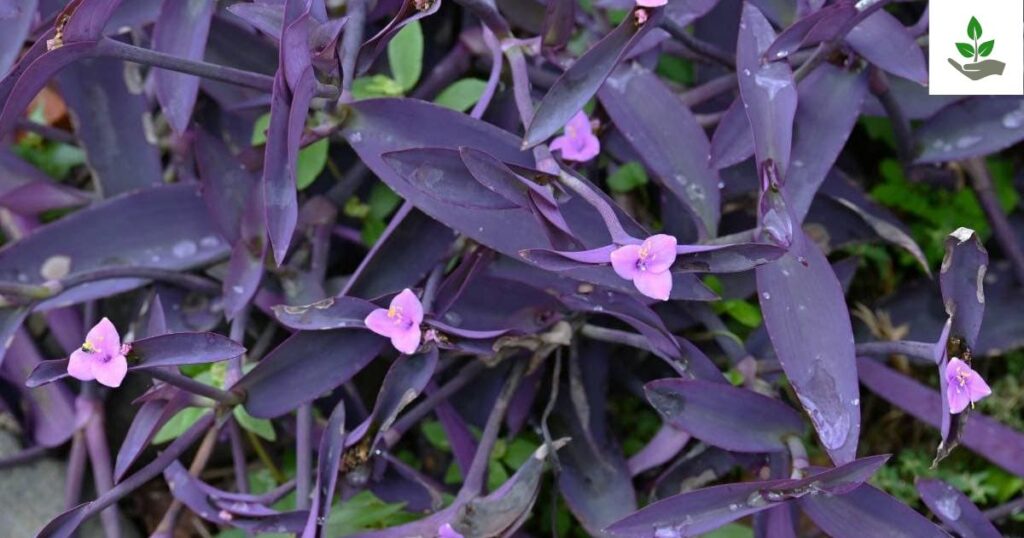
When Wandering Jews do bloom, they bear tiny, three-petaled flowers in purple, pink, or white, depending upon the cultivar, which can go on to form seed pods. They are minute, dark-colored, and rather difficult to harvest and germinate successfully relative to the almost foolproof technique of stem cutting propagation.
For those wishing to propagate from seeds, they need steady moisture, warm temperatures of 70-75°F (21-24°C), and bright, indirect light to germinate in 2-3 weeks and sprout. Most gardeners skip seed propagation altogether, since even the smallest stem cutting with a node will easily root in water or soil within days to become a new plant that keeps all the characteristics of the original plant.
Wandering Jew Planting And Growing
Timing: Plant Wandering Jew cuttings or established plants year-round indoors; outdoor planting should wait until after all frost danger has passed.
Light Requirements: Provide bright, indirect light; morning sun is beneficial, but protect from harsh afternoon sun that can scorch leaves.
Soil Selection: Use well-draining potting mix; equal parts potting soil, perlite, and peat moss works well for optimal drainage and moisture retention.
Container Choice: Select pots with drainage holes; hanging baskets or elevated planters showcase their trailing habit beautifully.
Spacing: Plant cuttings 2-3 inches apart for fuller containers; space plants 12-18 inches apart when used as ground cover outdoors.
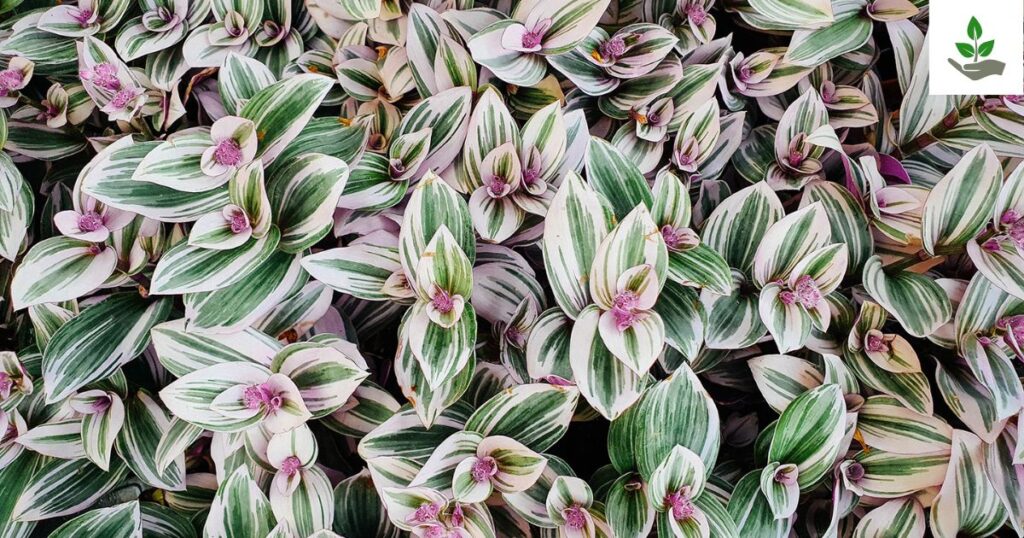
Planting Depth: Set plants at the same depth they were growing previously; for cuttings, insert nodes 1-2 inches into the soil.
Rooting Medium: Root cuttings in water until roots are 1-2 inches long, or plant directly in moist soil with high humidity.
Watering After Planting: Water thoroughly after planting, then maintain consistently moist (but not soggy) soil.
Establishment Period: New plants typically establish within 2-3 weeks, showing visible new growth when successfully rooted.
Growth Rate: Expect rapid growth under ideal conditions; plants can grow 1-2 feet per month during the active growing season.
Training: Guide stems initially to create desired growth pattern; use plant supports if upward growth is preferred.
Temperature Needs: Maintain temperatures between 65-80°F (18-27°C); protect from temperatures below 50°F (10°C).
Humidity Requirements: Provide 40-60% humidity; increase humidity with misting or humidity trays during dry winter months.
Fertilization Schedule: Feed monthly during growing season (spring-summer) with balanced liquid fertilizer diluted to half strength.
Outdoor Growing Zones: Suitable as perennials in USDA zones 9-11; treat as annuals or bring indoors for winter in colder regions.
Wandering Jew Care
Taking care of a Wandering Jew plant finds a beautiful balance between ease and reward and is thus ideal for both the novice and seasoned plant lover. These colorful trailing plants love bright, indirect light; a north or eastern window generally gives them their best conditions without running the risk of scorching the leaves from too much direct sun.
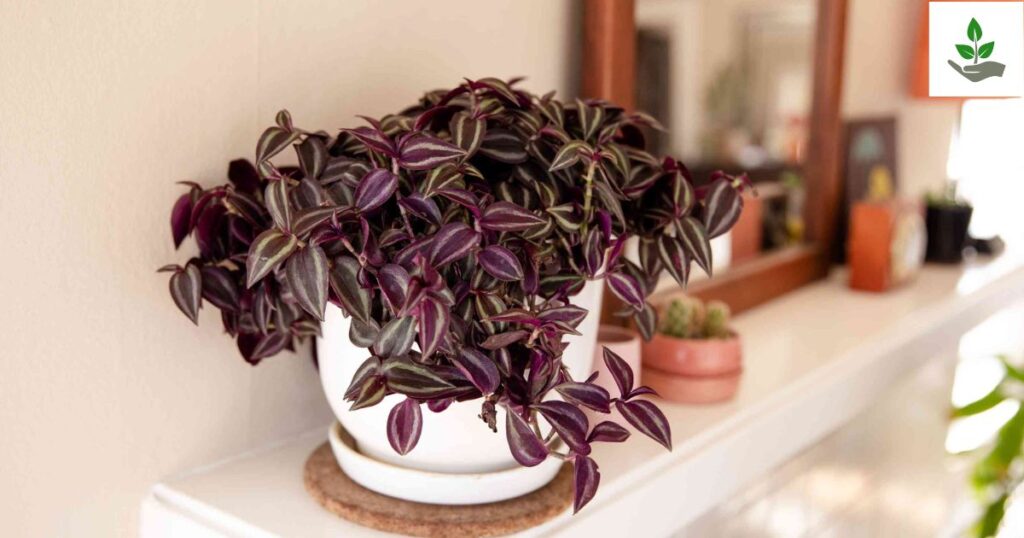
Water your Wandering Jew when the top inch of soil is dry, usually every 5-7 days depending on the conditions in your home, decreasing frequency during winter months when growth will slow naturally.
The plant prefers regular humidity, thriving with frequent misting or on a pebble tray of water, particularly in dry conditions or heated homes. Feed with a balanced, water-soluble fertilizer at half strength monthly in spring and summer to promote dense growth, but discontinue feeding in fall and winter.
Wandering Jew Plant Benefits And Uses
Air Purification: Acts as a natural air filter, helping to remove toxins like formaldehyde and xylene from indoor environments.
Decorative Versatility: Excels in hanging baskets, elevated planters, terrariums, and as tabletop accents due to its cascading growth habit.
Ground Cover: Functions as an effective, fast-growing ground cover in frost-free regions (USDA zones 9-11), suppressing weeds naturally.
Economical Propagation: Offers exceptional value as one plant can generate dozens of new specimens through simple stem cuttings.
Visual Impact: Provides vibrant color and textural interest year-round without requiring seasonal flowering to maintain appeal.
Low Light Adaptability: Thrives in less-than-ideal light conditions where many other houseplants struggle, making it suitable for offices and apartments.
Educational Tool: Serves as an excellent demonstration plant for teaching propagation techniques due to its visible and rapid root development.
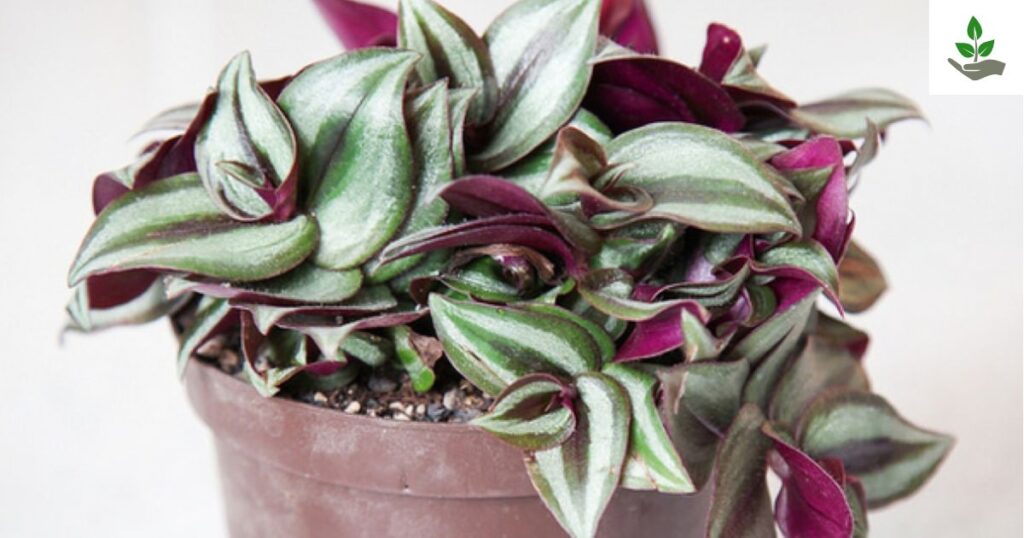
Humidity Enhancement: Contributes to increased humidity levels in indoor spaces through transpiration, benefiting both humans and neighboring plants.
Allergy-Friendly Option: Generally considered a non-allergenic plant, making it suitable for most sensitive individuals.
Space Definition: Creates natural partitions and softens architectural lines when used in hanging planters or on shelving units.
Therapeutic Benefits: Used in horticultural therapy programs for sensory stimulation through its distinctive foliage patterns and textures.
Stress Reduction: Like many houseplants, contributes to lower stress levels and improved mental wellbeing when incorporated into living spaces.
Gift Potential: Makes thoughtful, easily propagated gifts for housewarmings, get-wells, and other occasions.
Outdoor Accent: Provides seasonal color in outdoor container gardens, window boxes, and landscape borders in appropriate climates.
Erosion Control: Helps prevent soil erosion on slopes and banks when used as ground cover in suitable growing zones.
Wandering Jew Plant Tips And Fun Facts
Color Intensification: Exposure to bright, indirect light enhances the purple pigmentation in variegated varieties, creating more vibrant foliage.
Propagation Speed Record: Wandering Jews can develop visible roots in water within 24-48 hours, making them among the fastest-rooting houseplants.
Naming Evolution: Many plant enthusiasts and nurseries now refer to these plants as “Tradescantia, inch plant, or spiderwort” rather than by their traditional common name.
Companion Planting: Wandering Jews grow exceptionally well with pothos, philodendron, and other humidity-loving plants, creating mutually beneficial growing environments.
Sunset Technique: For leggy plants, cutting them back severely (leaving just 2-3 inches of stem) in spring will result in lush, full growth within weeks of complete rejuvenation.
Terrarium Star: Their compact varieties are perfect for closed terrariums due to their love of humidity and adaptability to limited space.
Purple Power: The purple pigmentation in many varieties comes from anthocyanins, the same beneficial antioxidants found in blueberries and other purple foods.
Historical Significance: Tradescantia was named after John Tradescant, a 17th-century English naturalist who served as gardener to King Charles I.
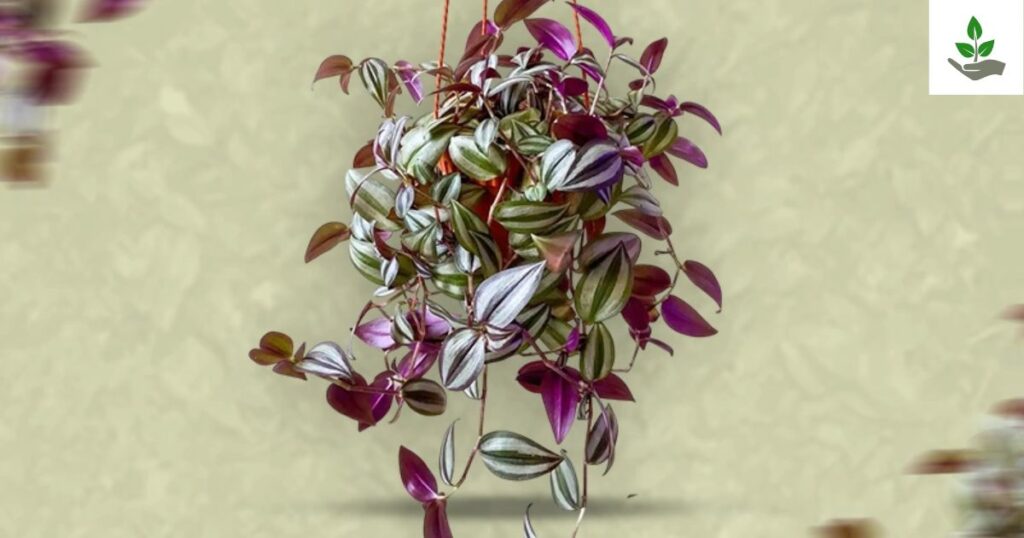
Natural Indicator: The plant shows drought stress quickly with drooping leaves, making it an excellent “indicator plant” that signals when neighboring plants might need water too.
Frost Test: In borderline growing zones, gardeners use Wandering Jews as “frost indicators” since they show cold damage before more valuable plants do.
Self-Cleaning Habit: Older leaves naturally dry up and fall off, reducing maintenance needs compared to many other houseplants.
Growth Direction Control: Rotating the plant regularly resets its phototropism (growth toward light), maintaining a balanced, full appearance.
Three-Way Propagation: Unlike many houseplants, Wandering Jews can be propagated successfully in water, soil, or even moist sphagnum moss.
Seasonal Flower Show: When given enough light, these plants produce small three-petaled flowers that typically last just one day each but can bloom continuously.
Stem Structure: The stems contain a clear, gel-like substance similar to aloe vera, which helps the plant retain moisture during dry periods.
Speed Growing: Under ideal conditions, stems can grow up to 1-2 inches per week, making them one of the fastest-growing houseplants.
Nighttime Color Change: Some varieties appear to change color intensity between day and night due to the way light interacts with their distinctive leaf structure.
Natural Multiplication: When stems touch soil, they often root automatically at the nodes, creating new plants without human intervention.
Pet Consideration: Keep these plants elevated if you have pets, as they can cause mild digestive upset if ingested by cats or dogs.
Winter Dormancy Myth: Unlike many houseplants, Wandering Jews don’t truly go dormant in winter they simply grow more slowly, so continued care is important year-
More Post : Guide About Crimson Queen Japanese Maple Tree Planting, Growing & Care.
Conclusion
The Wandering Jew care is a witness to the creative genius of nature, offering extraordinary beauty with relatively modest care requirements. With their lively leaves, sturdy nature, and phenomenal growth rate, these plants repay even a minimal effort with unbelievable displays that adorn any home interior.
Whether you are a new horticultural parent or an old collector, the Wandering Jew’s hardiness and beauty render it a treasure to your botanical family. Following the care information provided in this article like providing bright indirect light, constant moisture, occasional pruning, and protection from temperature variations you’ll have a healthy, thriving companion that will continue to cascade with profusion for many years to come.
FAQs
How to make wandering jew bushy?
To make a Wandering Jew plant bushy, regularly pinch back the stems just above a leaf node to encourage branching. Provide bright, indirect light and consistent watering to support healthy, compact growth. Also, replant cuttings around the base of the main plant to fill in sparse areas.
Is wandering jew toxic to cats?
Yes, the Wandering Jew plant is considered mildly toxic to cats. Its sap can cause skin irritation, and if ingested, it may lead to vomiting or drooling. It’s best to keep the plant out of reach of pets to avoid any health issues.
How to propagate wandering jew plant?
To propagate a Wandering Jew plant, snip a healthy stem just below a node and remove the lower leaves. Place the cutting in water or moist soil, ensuring the node is submerged or buried. Roots typically develop within a week or two, after which you can transplant it.
Another name for wandering jew plant?
Another common name for the Wandering Jew plant is Tradescantia, which refers to its botanical genus. Depending on the variety, it may also be called inch plant due to its fast-growing, spreading nature. Specific types include Tradescantia zebrina, Tradescantia fluminensis, and Tradescantia pallida.







